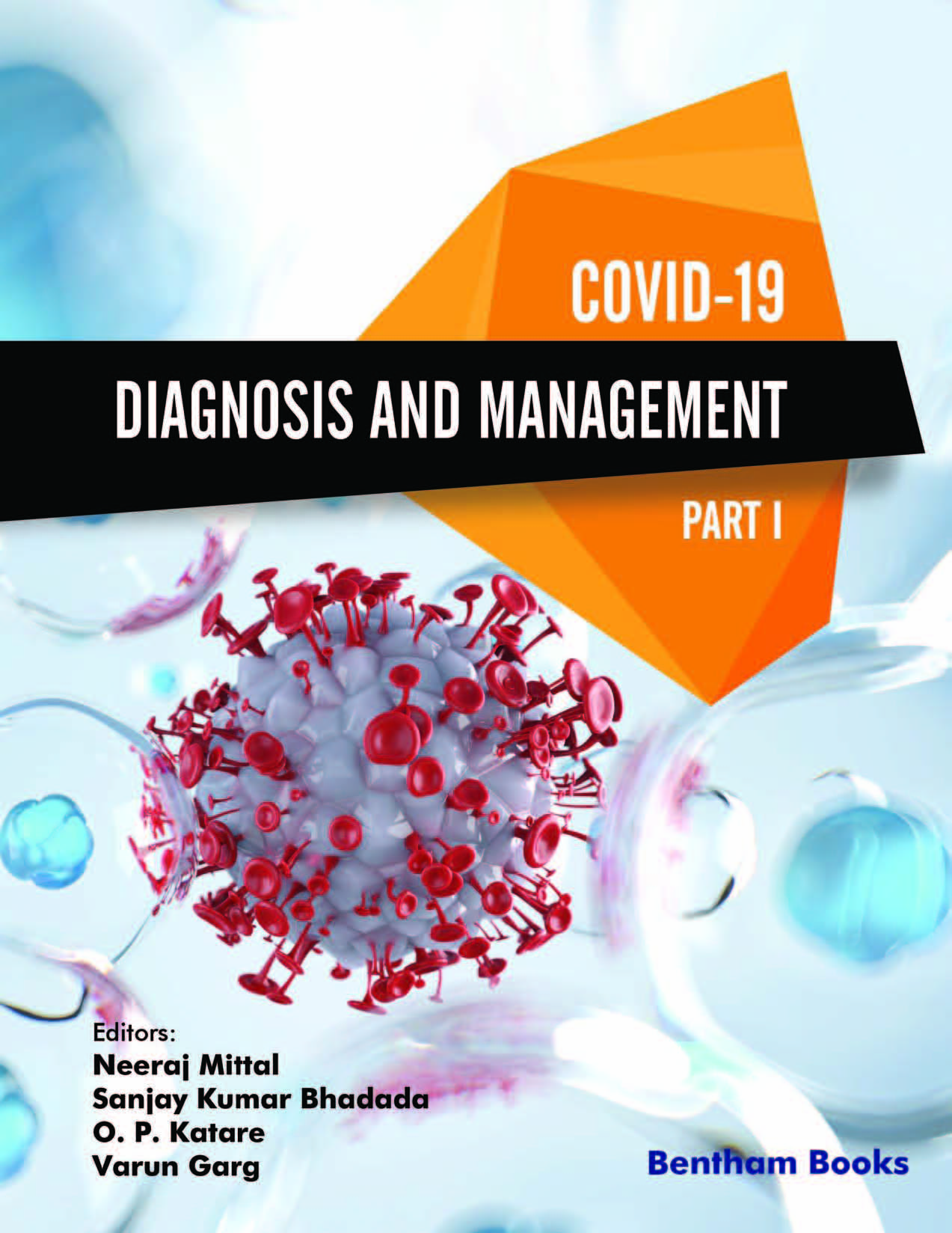Introduction
The coronavirus disease 2019 (COVID-19) outbreak has spread throughout the globe and much time has passed since it was declared as a pandemic by the World Health Organization (WHO). COVID-19: Diagnosis and Management provides clinicians and scholars all the information on this disease in 2 volumes. Readers will find a concise and visual reference for this viral disease and will be equipped with the knowledge to assess and manage Sar-Cov-2 infection cases in clinical settings.
This book is divided into two parts (I and II). Part I provides comprehensive information about 1) History of Coronaviruses, 2) Epidemiology of COVID-19, 3) Clinical presentation of this viral disease and 4) COVID-19 diagnosis. Part II covers broader topics about this communicable disease including 1) the prevention and treatment methodology, 2) mortality and long-term complications, 3) COVID-19 vaccines and future perspectives.
Key Features:
- Covers all the aspects of COVID-19 making this a perfect textbook for virology and medical students.
- Chapter wise description and segregation of topics from pathophysiology to diagnosis and management of COVID-19.
-Six chapters in the first part which focus on clinical basics of COVID-19.
-Six chapters in the second part which cover broader topics for practical infection control.
-Multiple tables and figures which summarize and highlight important points.
-Presents a summary of the current standards for the evaluation and diagnosis of COVID-19.
-Features a detailed list of references, abbreviations, and symbols.
This book is an essential textbook reference for medical students, scientists (virologists, pulmonologists) and public health officials who are required to understand COVDI-19 diagnosis and management as part of their clinical training or professional work.

